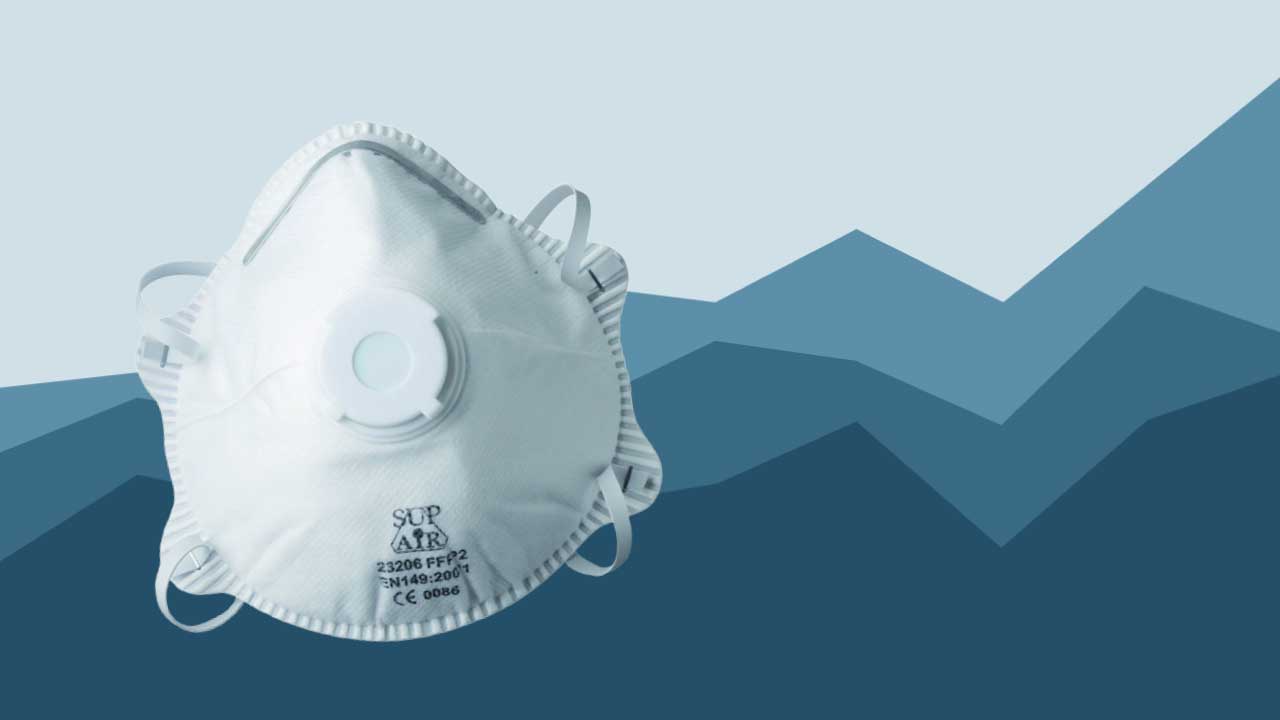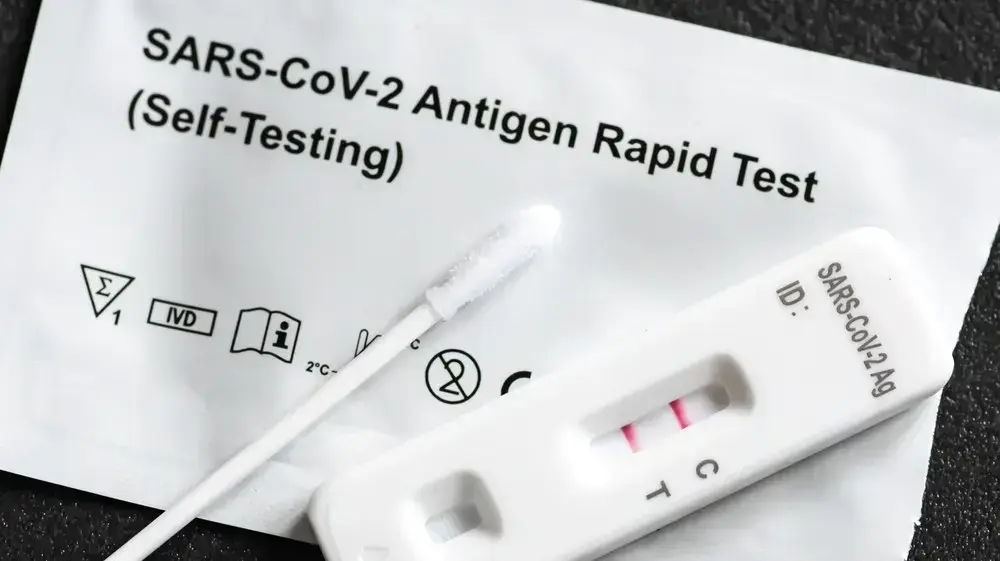Surgical masks, anti-splash
Surgical masks are the simplest and cheapest. Most often in paper, they are worth a few cents. They are useful for sick people. By wearing them, they avoid infecting their loved ones, because they prevent the projection of infected droplets, during coughs or sneezes for example. There are several types depending on the efficiency of the filtering material in the direction of expiration: type I has a bacterial filtration efficiency greater than 95%. Efficiency is over 98% for type II. The R types also resist splashes. They are to be discarded as soon as they are soiled and must be changed every four hours.
Respiratory protection masks: two-way protection
FFP (Filtering Facepiece Particle) masks, called respiratory protection masks, are much more sophisticated. They have a filtration device. They protect the surroundings, but especially the wearer of the mask against projections of droplets and airborne particles. They can have several forms, including the famous duckbill. Within an area of active circulation of the virus, they are reserved for doctors, nurses, dentists or other health specialists, if they need to perform priority care. Their duration of protection is estimated between 3 and 8 hours.
The mask consists of several layers of materials whose very fine mesh prevents the passage of particles. It's mechanical filtration. In addition, it is electro statically charged. In the same way that after being rubbed, a balloon attracts the hairs or the dust, the electrostatic charges will retain the particles which adhere to the material and are thus trapped. It is electrostatic filtration.
The FFP masks are classified according to their effectiveness according to the European standard EN 149. This typology is carried out according to the percentage of aerosol filtration and leakage to the outside (see graph below). Thus, three performance classes are distinguished: the FFP1 mask, with a filtration percentage of 80% and a percentage of leakage to the outside of 22%, is mainly used as a dust mask. The most efficient are the FFP2 and FFP3 types, with the following characteristics respectively: a filtration percentage of 94% and 99% and a percentage of leakage to the outside of 8% and 2%.
Being thicker than surgical masks, they are also more uncomfortable. The FFP2 and FFP3 can be fitted with a valve, to reduce the resistance to exhalation (the valve allows air to pass through the expiration and closes on inspiration) while avoiding the condensation of humidity which can come and settle on the filter.
Even if it has a foam seal, the mask must be adapted to the morphology of the face. Some models are also available in different sizes. Wearing a beard can lead to leaks. An ill-fitting mask will be a real strainer. Once in place, it should no longer be touched.
What to think of fabric masks?
Cloth masks have not been shown to be effective. They have not been subjected to the tests enacted by the standards in force. In healthcare settings, it is not recommended to use them. However, faced with the shortage, the general armaments branch, with the support of manufacturers in the textile sector, is carrying out filtration efficiency tests on different materials in order to find an alternative to surgical masks and FFP2.













